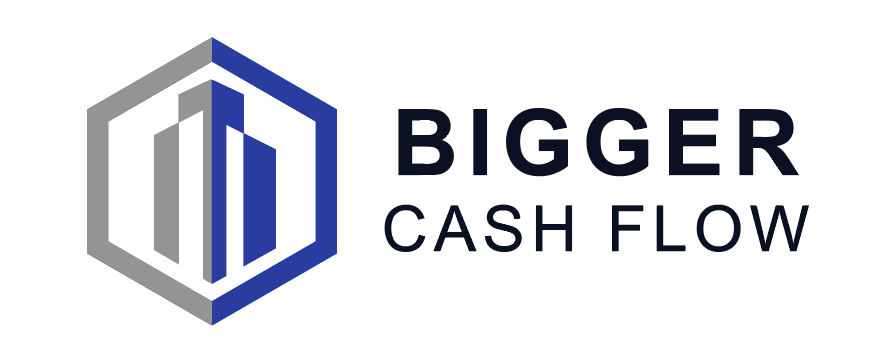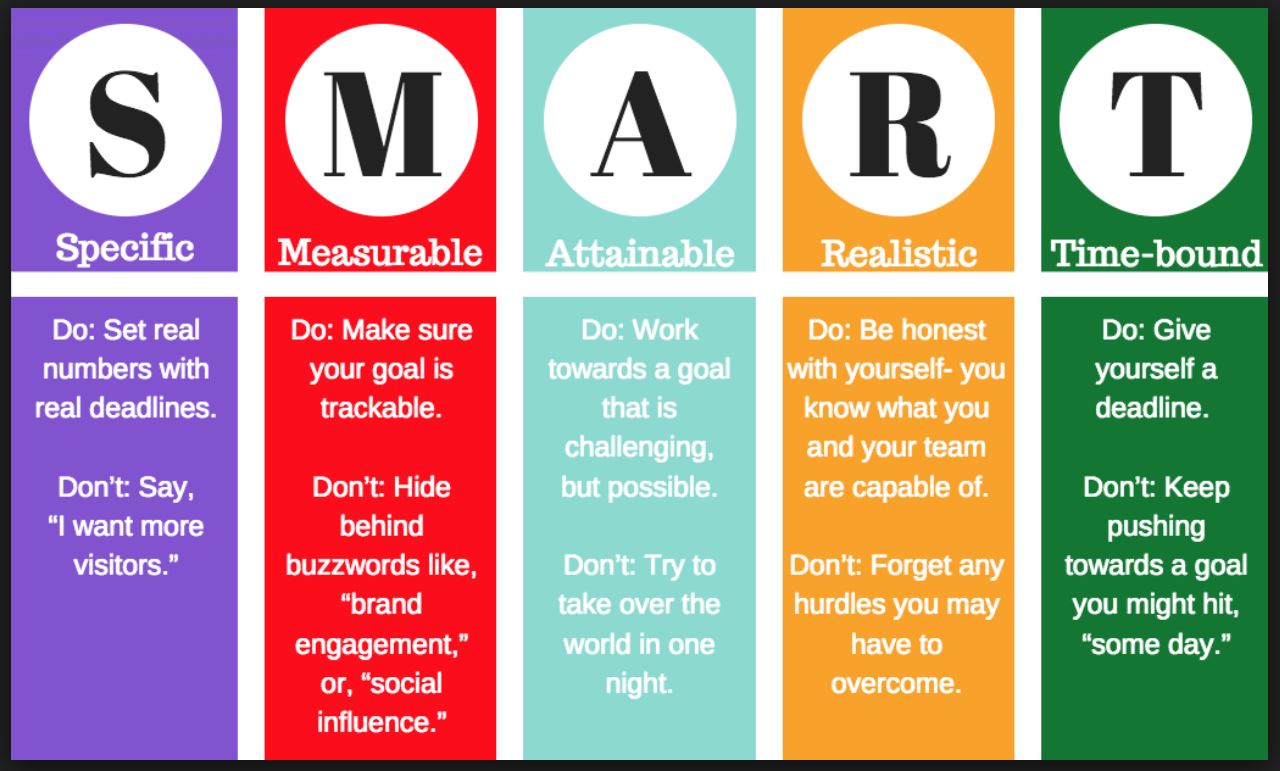Investing 004: Opening a 401K Retirement Account
/As you enter the workforce as a young adult, you are faced with many questions such as finding a good career, finding a place to live outside the parent’s nest, paying off student loans, and others. Many of these factors and more also play a key role in how you prepare for retirement. One of the most important decisions you will make is how you plan to fund your retirement. One of the most common themes I often hear from employees in all walks of life is that they simply do not think they have enough money to save or invest. As mentioned in previous blog posts, a key strategy to my retirement plan is to automate my savings and investing. As millions of baby boomers are set to retire in the next decade, they are now more aware than ever of their retirement account balances, or lack thereof. In order to hep facilitate savings, many employers have begun employer sponsored retirement plans such as the 401(k) that help employees automatically set aside funds in tax-advantaged accounts. Tax advantaged accounts can significantly change the amount of money you are left with during retirement if you plan correctly. Many 401(k) plans take small amounts of funds selected by the employee and directs it into the employee’s beneficiary account. Furthermore, many employers offer a matching program on all or a portion of their contribution up to a certain limit to entice their employees. Lets take a deeper look into the anatomy of a 401(k) and how you can get started:
What exactly is a 401(k)?
A 401(k) retirement plan was established through section 401(k) of the Internal Revenue Code (IRS) that gave employees the ability to defer taxes on their contributions towards their retirement up to the annual limit, or in the case of a Roth 401(k), allowed them to pay taxes when they contribute, but draw funds tax free at retirement. Furthermore, it allowed employers to contribute company funds towards their employee’s retirement through an employee match, providing additional perks and incentives to retain key employees for longer periods of time. In general, Companies typically partner up with mutual funds (e.g. Vanguard, T.Rowe Price, Fidelity, Charles Schwab, to name a few) to pick a handful of investments that employees can use to allocate their funds in the portfolio. An advantage is that most of these large mutual fund companies provide lower fee structures for institutional (Companies) clients, but a drawback is that there are limited options if an employee wanted a “specific” vendor or fund to invest in. The biggest takeaway in setting up a 401(k) early on in your career is the ability to lower your taxable income in the amount equal to your contributions. As such, if you made a $100K/year, but contributed $15K towards your 401(k) retirement, ignoring tax credits and deductions, you will have reduced your taxable income by $15K, which at a typical 25-30% tax bracket for single workers in California, equates to about $3,750-4,500 in cash savings per year.
How to open a 401(k)
Now that we have looked into what a 401(k) is, lets find out how to get one started. Assuming that your Company offers this plan (not all Companies do this as there are cost/benefits in maintaining this service), you can first talk to the hiring manager or human resources to find out if you are eligible, as some companies require a minimum time of service prior to enrollment. Next, you will need to identify how much you want to invest per pay period, whether it is a fixed dollar amount or percentage of your paycheck. Once that is determined, you will need to select the allocation percentage from different fund options selected by your employer. For example, lets say you decide to contribute a fixed amount of $500/month towards your 401(k) retirement, or $6,000/year. Out of 12 mutual fund options, you decide to choose 3: SP500, international stock fund, and bond fund. You can decide to allocate 50% to the SP500, and remaining 25% to each of the funds, or you can split equally in 33.33%. Please note you can “rebalance” your portfolio as they balances move up and down throughout the year, and also re-allocate funds from one to another if you feel like doing so.
Managing your 401(k)
An importance piece to owning a 401(k) plan is that this offering is typically reserved for “employees” only. Meaning that if you ever decide to move to another company or simply quit/retire, you will generally have three options: 1) Move the 401(k) funds into the new employer’s 401(k) through a trustee to trustee transfer 2) Move the 401(k) funds into an IRA (Individual Retirement Account) 3) Withdraw funds. Its very important to note that when you are going with option #1 and #2, you cannot request the funds through check/wire into your bank account and send it to the next institution. Even though you send the exact same amount that may have come in, it may trigger a taxable event identified as a withdrawal, that will add penalties if you are not of retirement age. As such, please consult your CPA and retirement plan administrator prior to making changes and to understand the implications of the transfer.
As mentioned previously, a huge benefit in 401(k) plans is the possibility of an employee match. For example, if your employer is providing a 50% match on the first 6% of contributions, your contributions can look as follows: Employee makes $100K /year and decides to contribute the maximum employer match of 6%, which is $6,000/year. In this scenario, the employer will contribute $3,000/year total towards the employee’s account. That is a guaranteed 50% return on investment on the employees contribution, even if the mutual fund does not go up or down a single penny throughout the year. Please note that some employers do not allow employees to front load or back load their contributions, meaning contributing $6,000K in January and pausing month 2-12, or vice-versa. Employers may only provide matching when employees are consistently contributing to their account with each paycheck, so please check with your plan administrator.
In conclusion, saving and investing for your retirement is going to be an important decision. Making good choices early on will allow you to take advantage of compounding interest and time. Whether you invest in real estate, or individual stocks, a 401(k) may be a great way to diversify, automate your savings, and also take advantage of company matching (aka free money). My personal investing strategy consists of 70% real estate and 30% stocks (IRA/401(k)), but I sometimes use 401(k) funds to purchase rental real estate through a 401(k) loan or use as reserves for the Fannie Mae underwriting requirements. I will post more blog posts about creative financing with 401(k) loans in a new blog.
As always, please make sure you do your due diligence and talk to your CPA/Attorney/Financial Adviser before making any investment decision.
Good luck!















